Understanding VOO’s Popularity and Investment Appeal
Introduction
VOO is one of the most popular ETFs for investors looking to build long-term wealth. Tracking the S&P 500, it offers exposure to America’s largest companies, providing stability and consistent growth. Investors favor VOO for its low expense ratio, strong historical performance, and broad diversification. Its widespread appeal stems from its ability to balance risk and reward while maintaining cost efficiency, making it a cornerstone in many investment portfolios.
Composition and Sector Allocation
VOO provides investors with exposure to the S&P 500, encompassing 500 of the largest publicly traded companies in the United States. The ETF is heavily weighted in technology, financial services, and healthcare, with technology accounting for approximately 31.71 percent of its holdings. Major companies such as Apple AAPL, Microsoft MSFT, and NVIDIA NVDA represent a significant portion of VOO’s portfolio, reinforcing its stability and growth potential Sector Weightings - FinanceCharts.com](https://www.financecharts.com/etfs/VOO/summary/sector-weightings). VOO’s focus on large-cap stocks ensures resilience during market fluctuations. Large-cap companies tend to have established revenue streams and strong financials, making them less volatile compared to mid-cap or small-cap stocks. This stability is a key reason why institutional and retail investors favor VOO for long-term investing.
When compared to other S&P 500 ETFs, VOO stands out due to its low expense ratio of 0.03 percent, making it one of the most cost-efficient options available. Competitors such as SPDR S&P 500 ETF (SPY) and iShares Core S&P 500 ETF (IVV) offer similar exposure but may have slightly higher fees or different liquidity profiles.
Sources:
FinanceCharts, 24/7 Wall St., ETF.com
Expense Ratios and Cost Efficiency
VOO maintains an exceptionally low expense ratio of 0.03 percent, making it one of the most cost-efficient ETFs available. Compared to the industry average of 0.47 percent for ETFs and mutual funds, VOO’s minimal fees ensure that investors retain more of their returns over time. The impact of minimal fees on long-term returns is significant. Over decades, even small differences in expense ratios can compound, leading to substantial savings. VOO’s low fees allow investors to maximize their gains without worrying about excessive management costs. For passive investors, cost efficiency is a crucial factor in ETF selection. VOO’s low turnover rate and passive management style reduce tax implications and transaction costs, making it an ideal choice for those seeking steady market exposure.
Sources:
Forbes, ETF.com, Guide for Investment
Performance and Historical Returns
VOO has maintained a strong track record of consistent growth, making it a preferred choice for long-term investors. Over the past decade, VOO has delivered an annualized return of approximately 12.68 percent, reflecting its ability to capture the performance of the S&P 500. Even during periods of market volatility, VOO has demonstrated resilience, benefiting from the stability of large-cap companies. When compared to other ETFs, VOO consistently ranks among the top performers. Similar funds such as SPDR S&P 500 ETF (SPY) and iShares Core S&P 500 ETF (IVV) offer comparable exposure, but VOO’s lower expense ratio enhances its cost efficiency. Over the last five years, VOO has outperformed many actively managed funds, proving that passive investing can yield strong returns.
Case studies of VOO’s performance during market cycles highlight its ability to recover from downturns. During the 2020 market crash, VOO declined sharply but rebounded as economic conditions improved. Similarly, in early 2025, VOO experienced a temporary drawdown of 4.93 percent but recovered within months, demonstrating its resilience.
Risk and Volatility Considerations
VOO effectively balances risk and reward by providing exposure to the S&P 500, which consists of 500 of the largest publicly traded companies in the U.S. This broad diversification helps mitigate individual stock volatility while ensuring steady long-term growth. Large-cap stocks tend to be more resilient during economic downturns, making VOO a preferred choice for investors seeking stability without sacrificing growth potential.
Volatility trends indicate that VOO experiences fluctuations in line with the broader market but remains relatively stable compared to sector-specific ETFs. During market corrections, VOO tends to recover faster due to its exposure to blue-chip companies with strong financials. Unlike actively managed funds, VOO minimizes turnover, reducing tax implications and transaction costs. Its passive investment strategy ensures that investors benefit from long-term market appreciation without excessive risk. Even during periods of economic uncertainty, VOO has demonstrated strong recovery patterns.
Institutional and Retail Investor Sentiment
Institutional investors continue to allocate significant capital to VOO, recognizing its broad market exposure and cost efficiency. As of mid-2025, institutional holdings in VOO have surpassed $548 billion, with major financial firms increasing their institutional investments. Retail investors also favor VOO for its passive investment strategy and diversified holdings. Compared to other S&P 500 ETFs, VOO’s lower fees and strong historical performance have driven record inflows, exceeding $65 billion in early 2025. Experts predict continued strong performance for VOO, citing its resilience during market downturns and steady growth potential. Analysts forecast that VOO will maintain its upward trajectory, with price predictions ranging from $574 to $605 by mid-2025.
Portfolio Allocation Strategies
Integrating VOO into a diversified portfolio requires a strategic approach to balance risk and reward. VOO provides broad exposure to the S&P 500, making it a strong foundation for long-term investing. Investors often pair VOO with fixed-income assets or international ETFs to enhance diversification. Those prioritizing stability may allocate a higher percentage to VOO, while growth-focused investors may complement it with sector-specific ETFs for targeted exposure. Balancing VOO with sector-specific ETFs allows investors to optimize returns while maintaining overall market exposure. Some investors pair VOO with technology-focused ETFs like QQQ or healthcare ETFs to capitalize on emerging trends. Additionally, adding small-cap ETFs such as VB can provide exposure to high-growth companies outside the S&P 500.
Long-term strategies for maximizing returns with VOO involve consistent investment and periodic rebalancing. Investors often use dollar-cost averaging to reduce the impact of market fluctuations while reinvesting dividends to compound returns. Additionally, maintaining a diversified asset allocation and adjusting holdings based on economic conditions can enhance portfolio performance.
Sources:
PFD Markets, Stock Analysis, Motley Fool
Conclusion
VOO’s popularity is driven by its low expense ratio, strong historical returns, and broad exposure to the U.S. stock market. Institutional and retail investors continue to favor it for long-term wealth accumulation due to its stability and passive management advantages. Whether paired with sector-specific ETFs or held as a core investment, VOO consistently delivers reliable growth, making it a staple in diversified portfolios. Its resilience during market fluctuations and ability to capture the performance of the S&P 500 reinforce its appeal as one of the most preferred ETFs in the investing landscape.
Expert Analysis
Why VOO Continues to Dominate the ETF Market
VOO’s popularity stems from its ability to provide broad market exposure with minimal fees, making it a staple for both institutional and retail investors. Its focus on large-cap stocks ensures stability, while its low expense ratio enhances long-term returns. Investors seeking a reliable, passive investment strategy consistently turn to VOO as a cornerstone of their portfolios.
📌Read More About:
Top Large Cap Stocks- https://stockbossup.com/pages/topics/large-cap
How Many Large Cap Stocks Are There?-https://stockbossup.com/pages/post/39123/how-many-large-cap-stocks-exist-market-trends-and-investment-insights
Is VOO Large Cap Growth?- https://stockbossup.com/pages/post/39145/is-voo-a-large-cap-growth-etf-understanding-its-investment-strategy
Does VOO Automatically Reinvest Dividends?- https://stockbossup.com/pages/post/38755/does-voo-automatically-reinvest-dividends


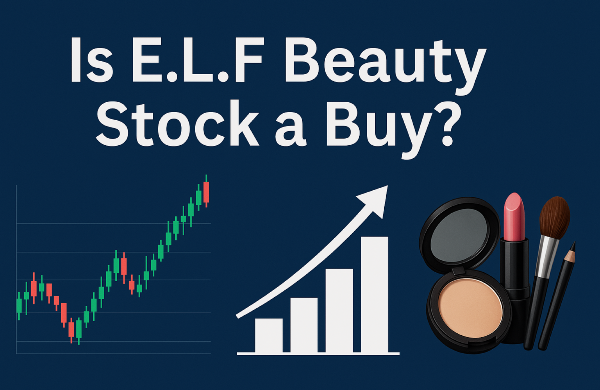
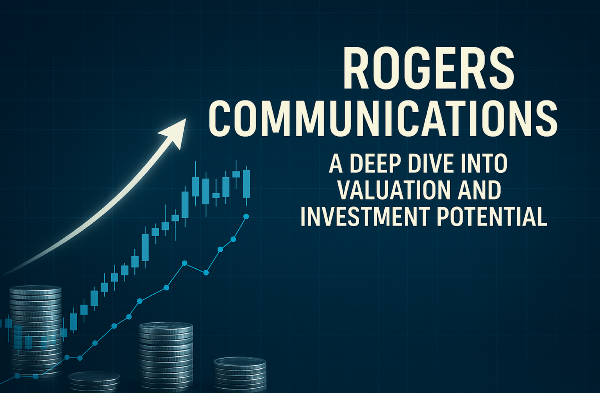
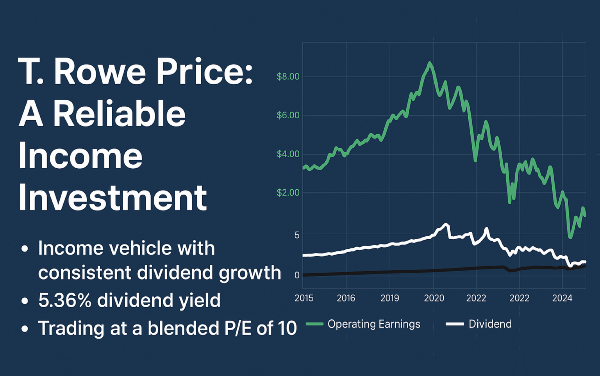
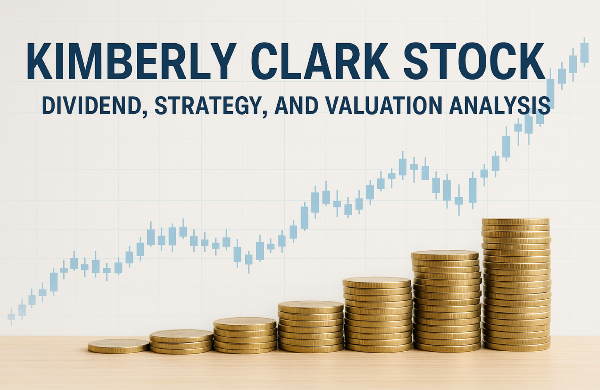

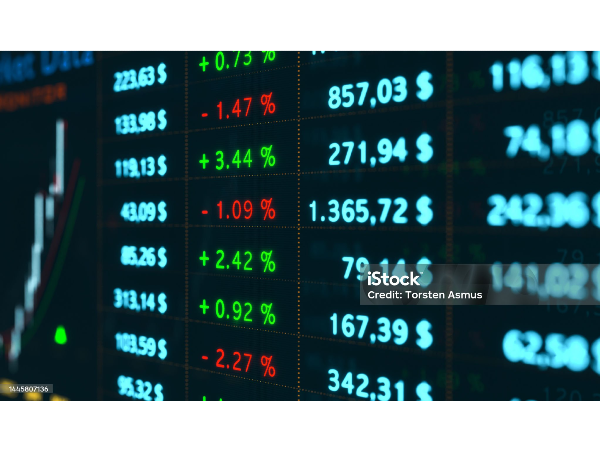


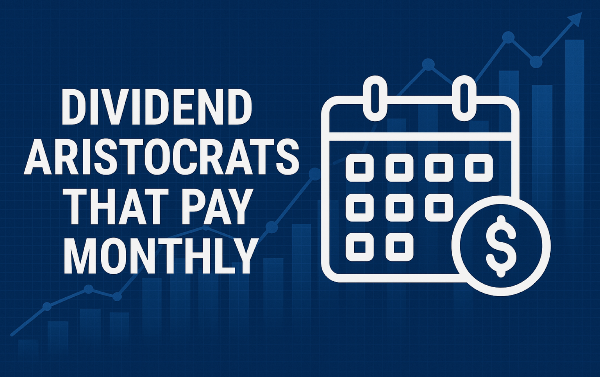
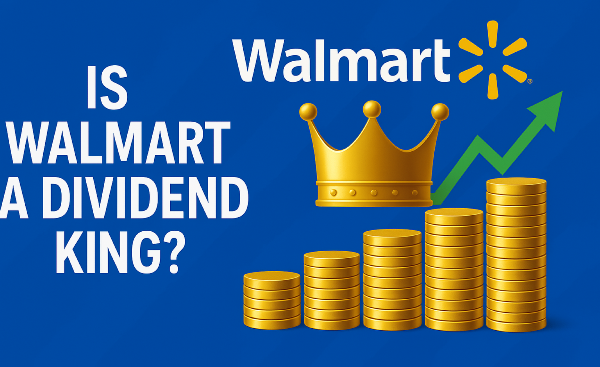

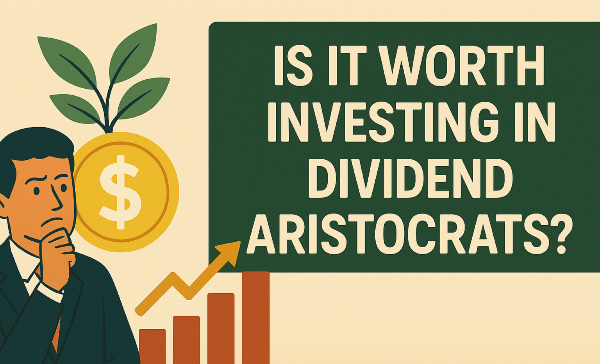
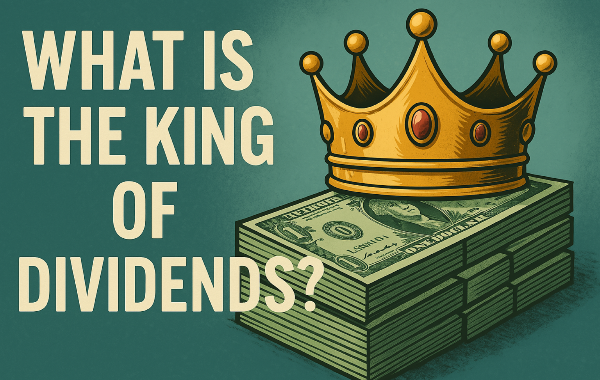
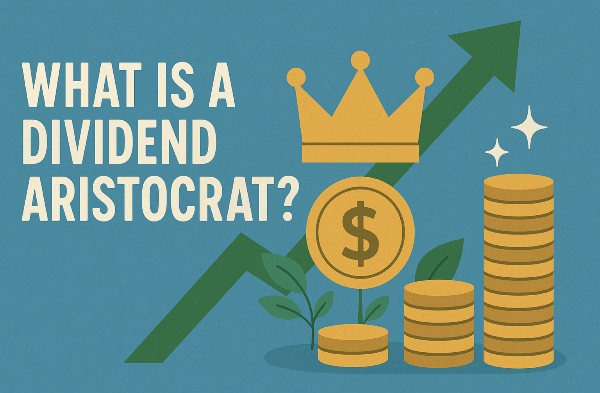
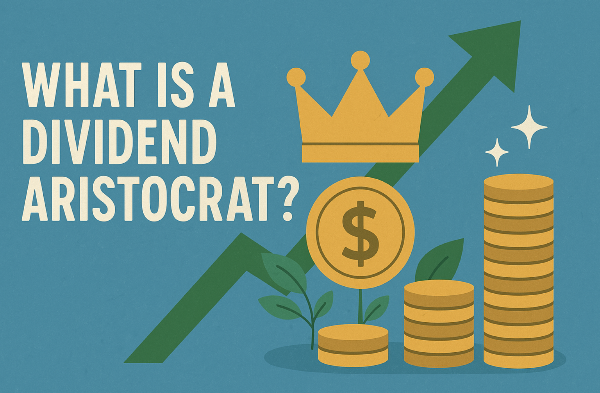
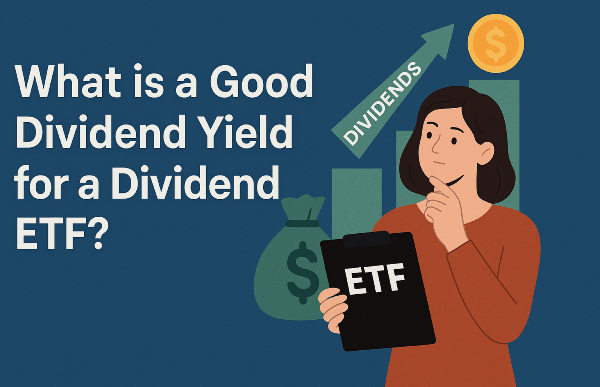
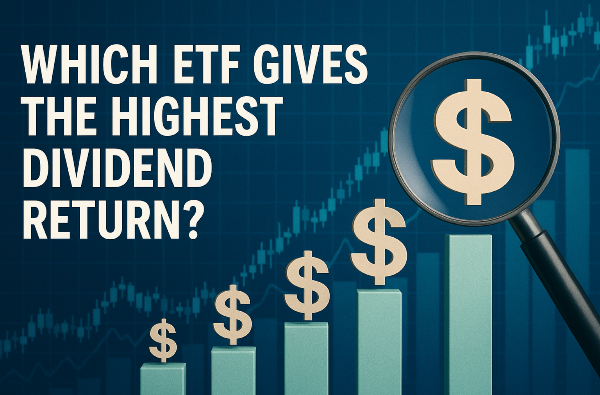


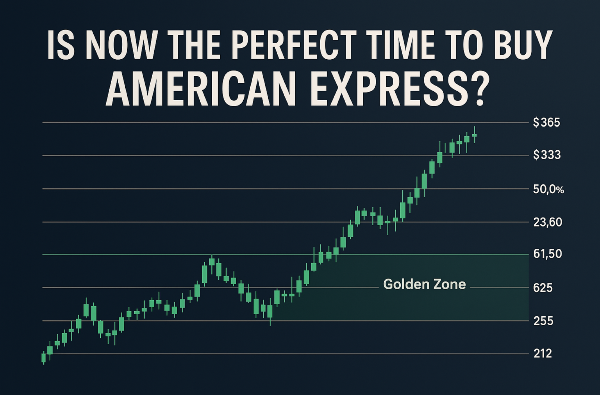








Understanding VOO’s Popularity and Investment Appeal
Introduction
VOO is one of the most popular ETFs for investors looking to build long-term wealth. Tracking the S&P 500, it offers exposure to America’s largest companies, providing stability and consistent growth. Investors favor VOO for its low expense ratio, strong historical performance, and broad diversification. Its widespread appeal stems from its ability to balance risk and reward while maintaining cost efficiency, making it a cornerstone in many investment portfolios.
Composition and Sector Allocation
VOO provides investors with exposure to the S&P 500, encompassing 500 of the largest publicly traded companies in the United States. The ETF is heavily weighted in technology, financial services, and healthcare, with technology accounting for approximately 31.71 percent of its holdings. Major companies such as Apple AAPL, Microsoft MSFT, and NVIDIA NVDA represent a significant portion of VOO’s portfolio, reinforcing its stability and growth potential Sector Weightings - FinanceCharts.com](https://www.financecharts.com/etfs/VOO/summary/sector-weightings). VOO’s focus on large-cap stocks ensures resilience during market fluctuations. Large-cap companies tend to have established revenue streams and strong financials, making them less volatile compared to mid-cap or small-cap stocks. This stability is a key reason why institutional and retail investors favor VOO for long-term investing.
When compared to other S&P 500 ETFs, VOO stands out due to its low expense ratio of 0.03 percent, making it one of the most cost-efficient options available. Competitors such as SPDR S&P 500 ETF (SPY) and iShares Core S&P 500 ETF (IVV) offer similar exposure but may have slightly higher fees or different liquidity profiles.
Sources:
FinanceCharts, 24/7 Wall St., ETF.com
Expense Ratios and Cost Efficiency
VOO maintains an exceptionally low expense ratio of 0.03 percent, making it one of the most cost-efficient ETFs available. Compared to the industry average of 0.47 percent for ETFs and mutual funds, VOO’s minimal fees ensure that investors retain more of their returns over time. The impact of minimal fees on long-term returns is significant. Over decades, even small differences in expense ratios can compound, leading to substantial savings. VOO’s low fees allow investors to maximize their gains without worrying about excessive management costs. For passive investors, cost efficiency is a crucial factor in ETF selection. VOO’s low turnover rate and passive management style reduce tax implications and transaction costs, making it an ideal choice for those seeking steady market exposure.
Sources:
Forbes, ETF.com, Guide for Investment
Performance and Historical Returns
VOO has maintained a strong track record of consistent growth, making it a preferred choice for long-term investors. Over the past decade, VOO has delivered an annualized return of approximately 12.68 percent, reflecting its ability to capture the performance of the S&P 500. Even during periods of market volatility, VOO has demonstrated resilience, benefiting from the stability of large-cap companies. When compared to other ETFs, VOO consistently ranks among the top performers. Similar funds such as SPDR S&P 500 ETF (SPY) and iShares Core S&P 500 ETF (IVV) offer comparable exposure, but VOO’s lower expense ratio enhances its cost efficiency. Over the last five years, VOO has outperformed many actively managed funds, proving that passive investing can yield strong returns.
Case studies of VOO’s performance during market cycles highlight its ability to recover from downturns. During the 2020 market crash, VOO declined sharply but rebounded as economic conditions improved. Similarly, in early 2025, VOO experienced a temporary drawdown of 4.93 percent but recovered within months, demonstrating its resilience.
Risk and Volatility Considerations
VOO effectively balances risk and reward by providing exposure to the S&P 500, which consists of 500 of the largest publicly traded companies in the U.S. This broad diversification helps mitigate individual stock volatility while ensuring steady long-term growth. Large-cap stocks tend to be more resilient during economic downturns, making VOO a preferred choice for investors seeking stability without sacrificing growth potential.
Volatility trends indicate that VOO experiences fluctuations in line with the broader market but remains relatively stable compared to sector-specific ETFs. During market corrections, VOO tends to recover faster due to its exposure to blue-chip companies with strong financials. Unlike actively managed funds, VOO minimizes turnover, reducing tax implications and transaction costs. Its passive investment strategy ensures that investors benefit from long-term market appreciation without excessive risk. Even during periods of economic uncertainty, VOO has demonstrated strong recovery patterns.
Institutional and Retail Investor Sentiment
Institutional investors continue to allocate significant capital to VOO, recognizing its broad market exposure and cost efficiency. As of mid-2025, institutional holdings in VOO have surpassed $548 billion, with major financial firms increasing their institutional investments. Retail investors also favor VOO for its passive investment strategy and diversified holdings. Compared to other S&P 500 ETFs, VOO’s lower fees and strong historical performance have driven record inflows, exceeding $65 billion in early 2025. Experts predict continued strong performance for VOO, citing its resilience during market downturns and steady growth potential. Analysts forecast that VOO will maintain its upward trajectory, with price predictions ranging from $574 to $605 by mid-2025.
Portfolio Allocation Strategies
Integrating VOO into a diversified portfolio requires a strategic approach to balance risk and reward. VOO provides broad exposure to the S&P 500, making it a strong foundation for long-term investing. Investors often pair VOO with fixed-income assets or international ETFs to enhance diversification. Those prioritizing stability may allocate a higher percentage to VOO, while growth-focused investors may complement it with sector-specific ETFs for targeted exposure. Balancing VOO with sector-specific ETFs allows investors to optimize returns while maintaining overall market exposure. Some investors pair VOO with technology-focused ETFs like QQQ or healthcare ETFs to capitalize on emerging trends. Additionally, adding small-cap ETFs such as VB can provide exposure to high-growth companies outside the S&P 500.
Long-term strategies for maximizing returns with VOO involve consistent investment and periodic rebalancing. Investors often use dollar-cost averaging to reduce the impact of market fluctuations while reinvesting dividends to compound returns. Additionally, maintaining a diversified asset allocation and adjusting holdings based on economic conditions can enhance portfolio performance.
Sources:
PFD Markets, Stock Analysis, Motley Fool
Conclusion
VOO’s popularity is driven by its low expense ratio, strong historical returns, and broad exposure to the U.S. stock market. Institutional and retail investors continue to favor it for long-term wealth accumulation due to its stability and passive management advantages. Whether paired with sector-specific ETFs or held as a core investment, VOO consistently delivers reliable growth, making it a staple in diversified portfolios. Its resilience during market fluctuations and ability to capture the performance of the S&P 500 reinforce its appeal as one of the most preferred ETFs in the investing landscape.
Expert Analysis
Why VOO Continues to Dominate the ETF Market
VOO’s popularity stems from its ability to provide broad market exposure with minimal fees, making it a staple for both institutional and retail investors. Its focus on large-cap stocks ensures stability, while its low expense ratio enhances long-term returns. Investors seeking a reliable, passive investment strategy consistently turn to VOO as a cornerstone of their portfolios.
📌Read More About:
Top Large Cap Stocks- https://stockbossup.com/pages/topics/large-cap
How Many Large Cap Stocks Are There?-https://stockbossup.com/pages/post/39123/how-many-large-cap-stocks-exist-market-trends-and-investment-insights
Is VOO Large Cap Growth?- https://stockbossup.com/pages/post/39145/is-voo-a-large-cap-growth-etf-understanding-its-investment-strategy
Does VOO Automatically Reinvest Dividends?- https://stockbossup.com/pages/post/38755/does-voo-automatically-reinvest-dividends